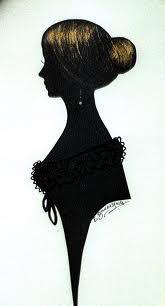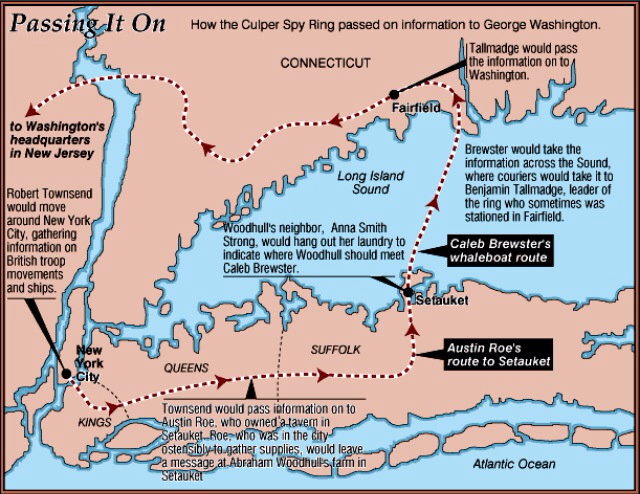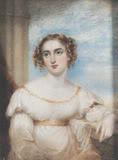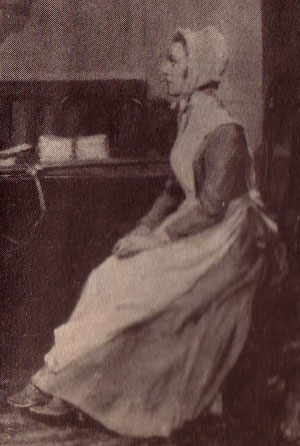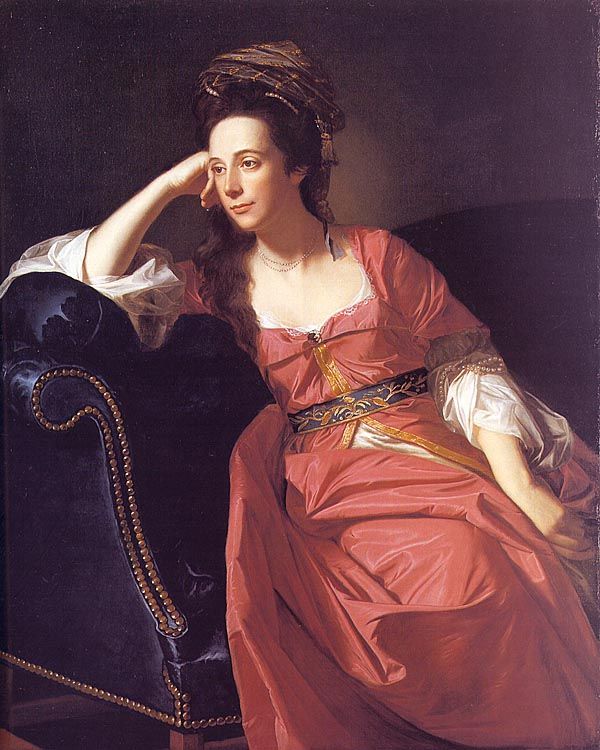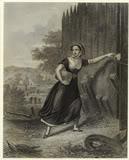Female Spy in the American Revolution A group of spies known as the Culper Spy Ring operated from 1778 to 1780 in an intricate network from British-occupied New York City to Setauket, Long Island, north to Connecticut, and then west to George Washington’s headquarters at Newburgh, New York. Agent 355 was the code name of a female spy in the Culper Ring. Her real identity is unknown. The spy network was particularly effective in gathering valuable information from careless conversations between the British and their sympathizers. In 1778, Benjamin Tallmadge, a young American officer who was General George Washington’s new intelligence chief, organized an ingenious top-secret network of spies. Washington ordered that not even he himself should know who they…
